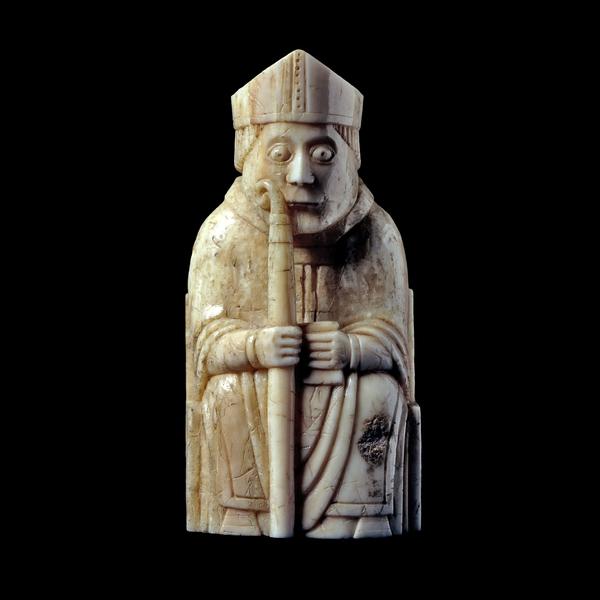
Positional Elements in Action #1 (Bishop pair)
Welcome chess lover! I'm starting a new blog series called positional elements in action. I will dissect various positional elements and in this blog, I will cover the bishop pair and why it's so strong. This includes explanations, educative examples, and further resources so the reader may deepen their investigation.
The bishop pair advantage is most marked in the endgame where the fewer the pawns, the greater the bishops' mobility. The enemy knight becomes overpowered in nearly every case. In our following game, white uses prophylaxis, subtle bishop improvements, and hyper active king. In most cases, the opponent needs to make a mistake for the the endgame to be decisive beyond doubt but black's defense is long, omnipresent, and laborious.
In our final game today, we'll inspect a game where the bishop pair already played it's pivotal role in the middle game. Even with excellent pieces, this was not enough for strong GM Krasenkov from being vanquished by Rustemov.
To deepen your understanding of bishop pair and it's related topics (squeezing in slightly better endgames and pawn structure) I can tell you about some books I've read on the subject, and my personal experience. A book with highly instructive examples which are less known, I advocate the Swedish GM Hellsten's book Mastering Chess Strategy. For slightly more ambitious players who are willing to put in the time and energy, Aagaard's exercise book on positional play is extremely instructive. However, the ultimate work on strategy by far goes to John Watson's acclaimed books: Chess Strategy in Action and Secrets to Modern Chess Strategy. I know of many other strategy books, but these are the most relevant ones in my opinion, and I can say without a doubt that they improved my level of play.